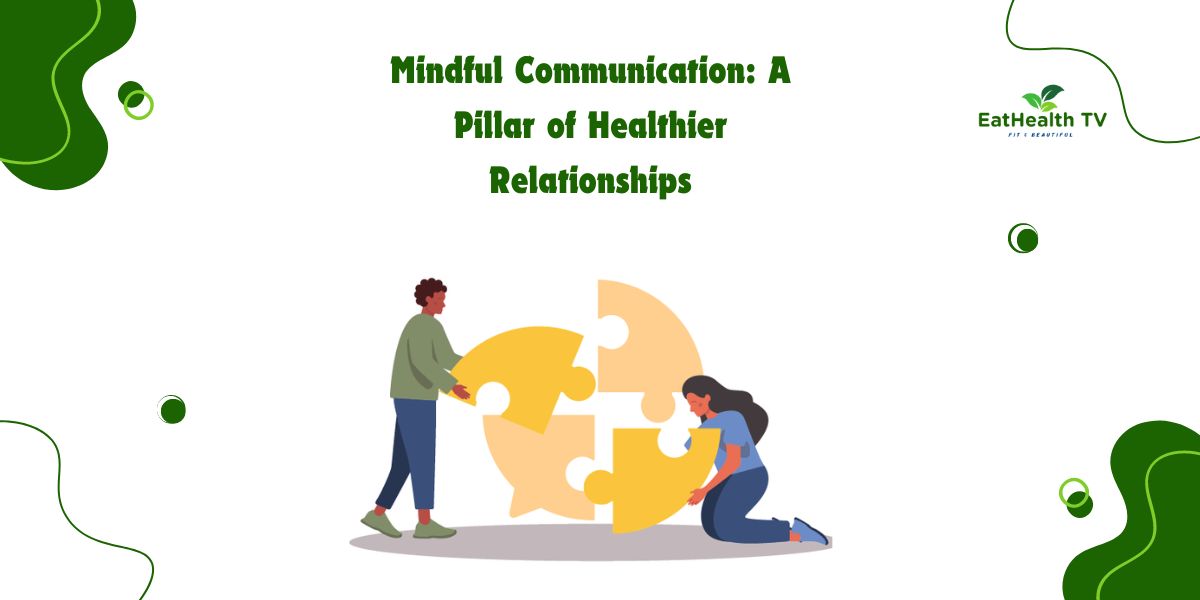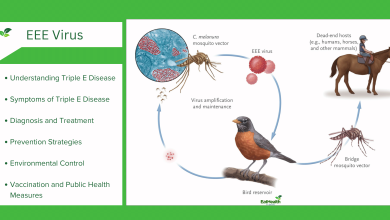Mindful Communication: A Pillar of Healthier Relationships
Mastering Mindful Communication: Transforming Relationships with Empathy and Presence

Mindful Communication: A Pillar of Healthier Relationships
Effective communication lies at the heart of every successful relationship, be it personal, professional, or social. In today’s fast-paced world, the art of mindful communication has become increasingly important as a means to foster understanding, empathy, and connection in our interactions with others. In this comprehensive guide, we will explore the concept of mindful communication, its principles, and practical strategies for incorporating it into our daily lives. From active listening to non-verbal cues, this article aims to provide insights and tools for cultivating healthier relationships through mindful communication.
Understanding Mindful Communication
Mindful communication is the practice of being fully present and attentive in our interactions with others, with a focus on listening deeply, speaking authentically, and fostering mutual respect. Rooted in the principles of mindfulness, which involve being aware of our thoughts, feelings, and sensations without judgment, mindful communication encourages us to approach conversations with openness, curiosity, and compassion. By cultivating mindfulness in our communication, we can enhance the quality of our relationships, resolve conflicts more effectively, and create a sense of connection and belonging.
Key Principles of Mindful Communication
- Presence: Mindful communication begins with being fully present in the moment, both physically and mentally. It involves giving our undivided attention to the person we are communicating with, listening actively, and responding thoughtfully.
- Non-Judgment: Practicing non-judgment in communication means suspending our preconceived notions, biases, and assumptions about others. Instead of reacting impulsively or making snap judgments, we approach conversations with an open mind and a willingness to understand different perspectives.
- Empathy: Empathy is the ability to understand and share the feelings and experiences of others. In mindful communication, we seek to cultivate empathy by listening with compassion, acknowledging the emotions of others, and validating their experiences.
- Authenticity: Authentic communication involves expressing ourselves honestly and transparently, without pretense or facade. By speaking authentically, we build trust and rapport with others, fostering genuine connections and mutual respect.
- Clarity: Clear communication is essential for ensuring that our message is understood and received as intended. Mindful communicators strive to articulate their thoughts and feelings clearly, using language that is simple, concise, and direct. Just as we know Mindful Mediation: Resolving Conflicts in Daily Life
Practical Strategies for Mindful Communication
- Practice Active Listening: Cultivate the art of active listening by giving your full attention to the speaker, maintaining eye contact, and providing verbal and non-verbal cues to indicate understanding and empathy.
- Pause and Reflect: Before responding to a message or engaging in a conversation, take a moment to pause and reflect on your thoughts and feelings. This pause allows you to respond thoughtfully rather than react impulsively.
- Use “I” Statements: When expressing your thoughts and feelings, use “I” statements to take ownership of your experiences and avoid blaming or accusing others. For example, instead of saying, “You never listen to me,” say, “I feel unheard when…”
- Practice Empathetic Listening: Put yourself in the shoes of the speaker and try to understand their perspective, emotions, and underlying needs. Reflect back what you hear to ensure that you have understood correctly and to demonstrate empathy.
- Be Mindful of Non-Verbal Cues: Pay attention to non-verbal cues such as body language, facial expressions, and tone of voice, as these can convey important information about a person’s emotions and intentions.
Benefits of Mindful Communication
- Enhanced Understanding: Mindful communication fosters deeper understanding and connection in relationships by promoting active listening, empathy, and authenticity.
- Conflict Resolution: By approaching conflicts with mindfulness and compassion, individuals can navigate disagreements more effectively and find mutually satisfactory resolutions.
- Stress Reduction: Mindful communication can help reduce stress and tension in relationships by promoting open dialogue, mutual respect, and emotional validation.
- Improved Well-being: Cultivating healthier relationships through mindful communication can contribute to overall well-being, happiness, and life satisfaction.
Conclusion
Mindful communication is a powerful tool for building healthier, more fulfilling relationships in all areas of life. By practicing presence, empathy, authenticity, and clarity in our interactions with others, we can foster deeper connections, resolve conflicts more effectively, and create a sense of mutual trust and respect. Whether in personal relationships, professional settings, or social interactions, the principles of mindful communication offer a pathway to greater understanding, connection, and harmony in our lives.




